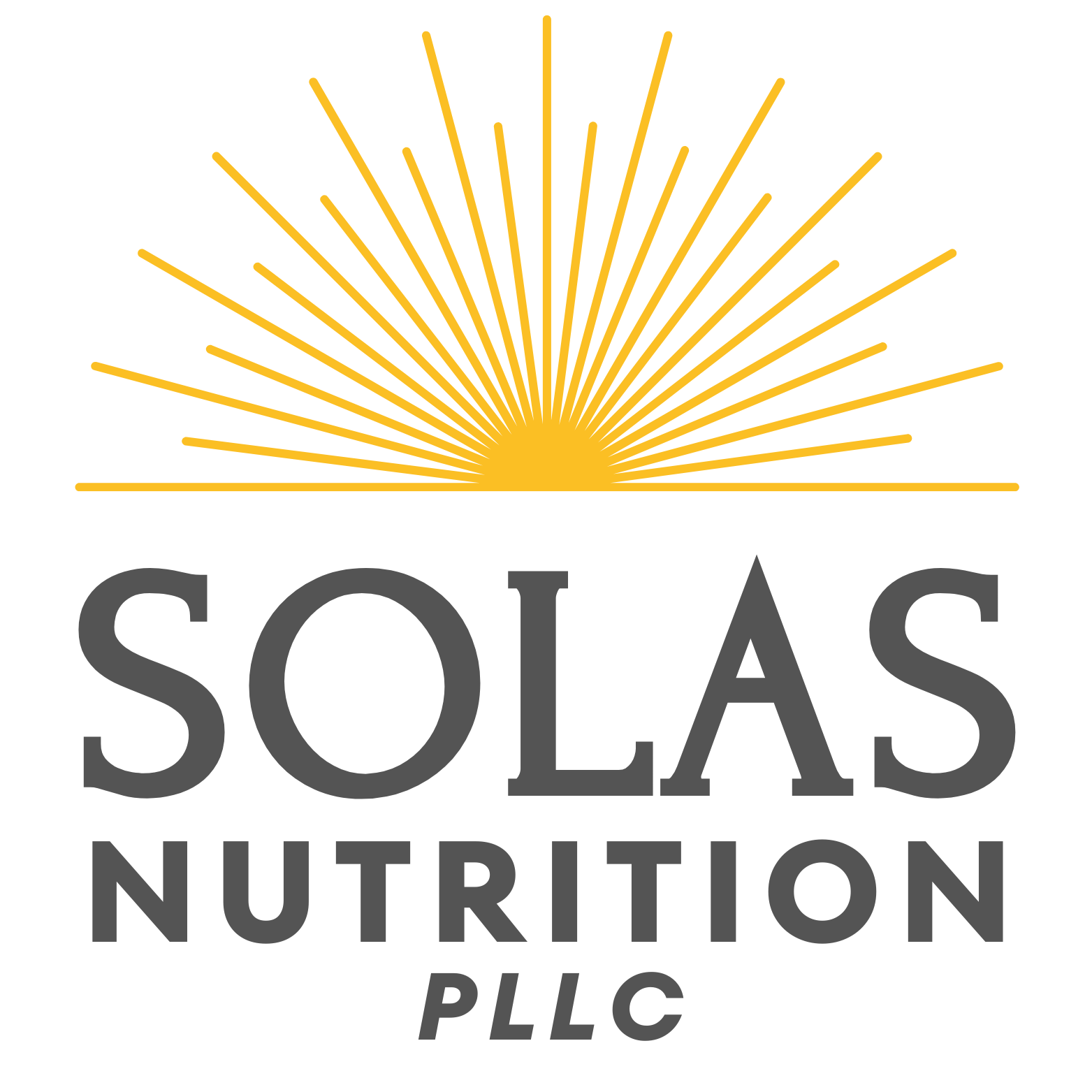Understanding GLP-1 Medications and Their Side Effects
What are GLP-1 Agonists?
It's truly fascinating how GLP-1 medications (like Ozempic®, Wegovy®, Mounjaro®, and others) work with your body. They mimic a natural hormone your gut releases after meals, supporting a key natural process. It's also very reassuring these medications are FDA-approved to improve blood sugar for type 2 diabetes and to aid chronic weight management. Wonderful to have such helpful tools for our health journey!
How They Work
- Enhancing glucose-dependent insulin secretion
- Suppressing glucagon release
- Slowing gastric emptying
- Increasing satiety through brain receptor action
GLP-1 medications can be very effective when it comes to weight loss and blood sugar control. But it's just as important to understand and manage any side effects that come up along the way. Feeling your best during this process matters, and there are definitely ways to make things more manageable if side effects start to get in the way.
Common Side Effects
Nausea
Vomiting
Diarrhea
Constipation
Abdominal Pain
A lot of these side effects tend to show up more strongly at the beginning or right after a dose increase. But the good news is, they usually get better with time as your body adjusts.
5 Nutrition Strategies to Feel Better
Strategy 1: Focus on Smaller, More Frequent Meals
Eating smaller, more frequent meals can make a big difference if you're dealing with nausea, early fullness, bloating, or even vomiting. GLP-1 medications can slow down how quickly your stomach empties, so big meals tend to sit there longer, which can lead to that uncomfortable pressure and queasiness. Smaller portions throughout the day can really help ease those symptoms (and give your digestion a gentler rhythm).
Why This Works
Smaller, more frequent meals can really help keep your digestion from getting overwhelmed, especially when things are already moving a bit slower on GLP-1s. It's a simple shift that can ease nausea and help your body absorb nutrients more comfortably and effectively.
Implementation Steps
Shift Meal Structure
Try shifting from 3 big meals to 4–6 smaller "mini-meals" or snacks each day. It can feel more manageable and still give your body steady fuel.
Practice Portion Control
Try gently reducing portions, starting with about half your usual amount, especially after an injection, just to help your body ease into it.
Eat Slowly and Chew Thoroughly
It helps your digestion early on and gives your brain time to catch up with those fullness signals.
Post-Meal Posture
Try to stay upright, either sitting or standing, for at least 30 minutes after eating. It can really help with digestion and ease any discomfort. post-meal.
Strategy 2: Prioritize Nutrient Density & Protein Power
When your appetite is lower from GLP-1s, making every bite count really matters. Choosing foods rich in nutrients (without too many extra calories) can help fight off fatigue and keep your body well-nourished, even with less intake. And getting enough protein? That's key. It helps you stay full, protects your muscle as you lose weight, and supports steady energy throughout the day.
Protein is especially important when you're managing your weight. During significant weight loss, it's common to lose some lean muscle (which we want to protect!). Getting enough protein can help prevent that. And that's key for keeping your metabolism strong and steady.
Implementation Steps
Focus on Lean Protein Sources
Try adding skinless poultry, fish like salmon or tuna, eggs, tofu, beans, lentils, and low-fat dairy (like Greek yogurt or cottage cheese) into your meals and snacks.
Aim for Protein Targets
Include protein in every meal and snack, shooting for around 25–30g per meal helps support your muscles and keeps you feeling full.
Prioritize Protein and Vegetables
If your appetite's low, try starting with these foods first, so you're getting the most important nutrients in before you feel full.
Utilize Liquid Nutrition When Needed
If solids are tough right now, protein shakes, meal replacements, or fortified smoothies can be a gentler way to get the nutrients your body needs.
Strategy 3: Adjust Fiber Intake Wisely
Fiber's important for regularity, but with GLP-1 side effects like constipation or diarrhea, it can get tricky. The key is finding what works best for your body right now, based on how you're feeling.
For Managing Constipation
- Gradually increase fiber-rich foods
- Increase fluids simultaneously
- Consider supplements with guidance
- Incorporate gentle movement
For Managing Diarrhea
- Temporarily reduce fiber, especially insoluble
- Focus on low-fiber, bland foods
- Prioritize hydration and electrolytes
- Gradually reintroduce higher-fiber foods
Strategy 4: Stay Well-Hydrated
Staying well-hydrated is key. It helps manage side effects and keeps things moving, especially since slower digestion can lead to constipation.
Vomiting or diarrhea can lead to big fluid losses, so keeping up with hydration is extra important to help your body recover and stay balanced. Proper hydration is essential to counteract these effects.
Implementation Steps
Set Daily Targets
Aim for at least 64 oz (~8 cups/2 liters) daily; individual needs may vary based on weight and activity.
Consistent Sipping
Sip consistently throughout the day, rather than consuming large amounts at once.
Limit Dehydrating Beverages
Reduce consumption of excess caffeine and alcohol which can contribute to dehydration.
Replace Electrolytes
Use electrolyte replacements when necessary if significant vomiting or diarrhea occurs.
Strategy 5: Practice Mindful Eating & Identify Triggers
Being mindful while eating and spotting your food triggers can help ease nausea, heartburn, bloating, and more, especially with shifting appetite cues. Steering clear of known triggers makes a big difference.
Mindful Eating Techniques
Create a calm eating environment with minimal distractions
Engage all senses: note food's appearance, aroma, texture, taste
Eat slowly and chew thoroughly
Listen to body cues and stop when satisfied, not stuffed
Common Trigger Foods
High-fat, greasy, fried foods
Very sugary foods and beverages
Spicy foods
Acidic foods
Alcohol and carbonated beverages
Additional Tips & Considerations
Listen to Your Body
Try tuning in to your shifting hunger and fullness cues. It's okay to skip habitual eating, but if your appetite's really low, make sure you're still getting enough. Aim to stop when you're satisfied, not stuffed.
Keep a Food & Symptom Journal
Keeping a log of meals and symptoms can really help you spot patterns, like which foods or portions trigger discomfort, and gives you solid info to share with your care team.
Gentle Movement Helps
Gentle movement, like a short walk after meals, can really support digestion and ease mild nausea or constipation. Just try to hold off on intense workouts right after eating.
Protein Recap
Getting enough protein helps you feel full, keeps your muscle strong during weight loss, and supports steady energy. Try to make protein-rich foods a daily priority. Prioritize protein-rich foods in your daily meals.
Conclusion: Encouragement and Next Steps
The early stages of GLP-1 therapy can be tough with GI side effects, but small, thoughtful shifts in how you eat can make a big difference. Things like smaller, more frequent meals, prioritizing protein, adjusting fiber with care, staying hydrated, and tuning into food triggers all help ease symptoms and support your body through the changes.
Key Takeaways
Time Heals
Those GI side effects tend to hit hardest at first, but they often ease up as your body gradually adjusts. That part usually gets better with time.
Consistency Matters
It really does take patience, and sticking with these nutrition strategies consistently can make all the difference in easing those side effects over time.
Meal Frequency
Eating smaller, more frequent meals can help cut down on nausea and ease digestive discomfort. It's a simple shift that often makes a big impact. and digestive discomfort.
Protein Priority
Getting enough protein is key to keeping your muscle strong while losing weight on a GLP-1 (and that's so important!).
Personalization
Finding what works for you makes all the difference when it comes to easing GLP-1 side effects.
Expert Support
Having a Registered Dietitian who really understands GLP-1s can make your whole journey feel smoother and more successful.
Your GLP-1 journey is uniquely yours, and finding the right nutrition fit might take a little trial and error. Be patient with yourself, celebrate the small wins, and don't be afraid to reach out for support. You deserve to feel as good as possible along the way.
When To Seek Medical Help
- Severe or persistent nausea/vomiting that prevents adequate hydration
- Severe abdominal pain or cramping
- Signs of dehydration (dark urine, dizziness, extreme thirst)
- Unusual or concerning symptoms

